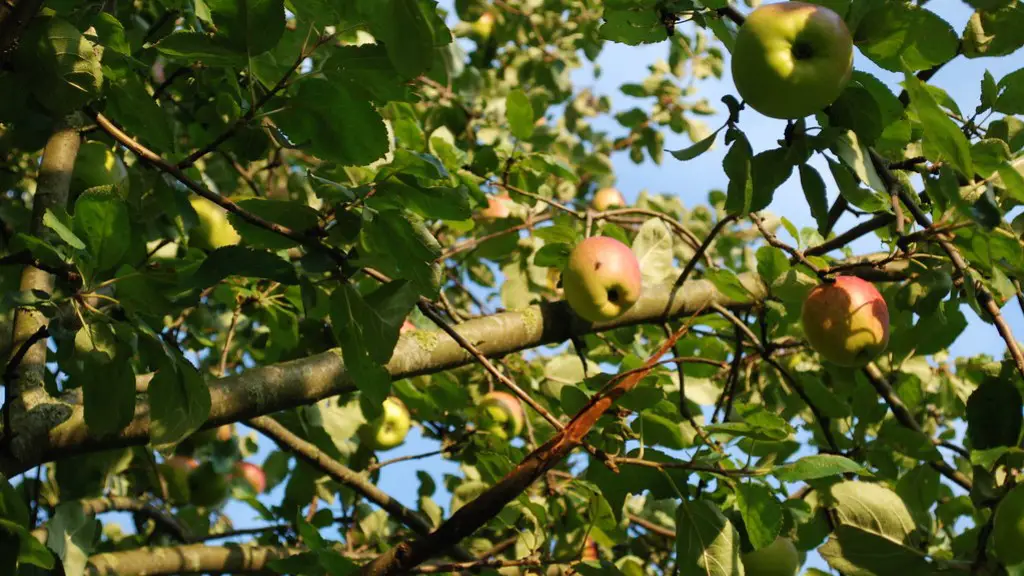Cherry trees are beautiful, distinctive, and often beloved trees for many homeowners. However, over time, changing conditions in your yard or tired trees may make it necessary to relocate a cherry tree. Moving a cherry tree, especially a large one, can be a complicated process, but with the right equipment and knowledge, you can move them successfully.
It’s important that you put in the time and effort to properly prepare the cherry tree before, during, and after the move. In the months preceding the actual move, develop an understanding of the tree’s size and root system. This knowledge will help you when selecting the right sized pot, soil, and equipment you’ll need to complete the move. Taking into account the size of your tree, you may need to enlist the help of a tree service for large cherry tree relocations.
When it comes time to actually move the tree, you’ll have to dig a hole around the root system. You don’t want to just dig the tree and its root system up out of the ground, rather, the idea is to loosen the soil around the tree roots before you try and lift it. Use a shovel to loosen the soil an inch or so beneath the tree and then cut down the trees roots with a root saw. Then place the cherry tree, together with its rootball, into a wheelbarrow or burlap sack. If the tree is heavy, you may need to use a pulley or lift system.
Move the tree as quickly as you can to its new location. Work carefully to ensure you don’t cause any damage or bend any of the branches during the move. Some of the trees branches may have to be trimmed in order to move it or to fit it through a tight door or passageway. And, keep in mind that the tree should not be exposed to full sun for more than a few hours, so prepare its new location in advance.
Once you’ve moved the tree to its new location, prepare a planting bed for it. When you’re digging the planting bed, make sure you’re digging a shallow, wide hole, so as not to damage the root system. Place the cherry tree, root ball down in the hole and backfill the hole with loose soil. Once the tree is planted, you should water it right away, and continue to water it daily for the first two weeks.
Indigenous to the Northern Hemisphere, cherry trees tend to be hardy, but they still need to be cared for in order to ensure a successful move. Make sure to fertilize the tree regularly and mulch around the tree to make sure it’s getting the amount of water it needs. Keep the cherry tree’s soil aerated and weed-free, as these can tend to be big factors in the health of the tree.
It’s important to note the cherry trees need well-drained soil that is slightly acidic. Make sure to water the tree deeply during dry spells and ensure it isn’t getting too much or too little water. Finally, prune the tree lightly each winter to encourage flowering, fruiting and a more natural looking shape.
Staking After Moving A Cherry Tree
When a cherry tree is relocated it’s imperative to stake the tree right away to help stabilize it in the new position and minimize root disruption. You want to support the tree’s trunk and canopy to prevent the tree from rocking wildly in the wind, which can cause further damage to the roots and trunk. Use a sturdy timber stake and tie the trunk and branches to it using wide, soft material, like fabric or garden twine in a figure-of-eight loop to ensure that it is secure.
Timeline of Planting And Moving a Cherry Tree
The timeline for moving and planting a cherry tree is quite long, with the first step occurring a few months before the actual move. Begin the planning process when you decide to relocate the tree. Research the tree’s species, size, and root structure in order to get the proper materials and equipment needed for the move. Additionally, research soil composition and pH at the new location, you don’t want to move the tree if the new location is unsuitable. Allow the tree to get acclimated to its new location, which can take 3 to 4 weeks. During this time, check the soil and trim any damaged limbs.
Types of Cherries Suited To Moving
Not all cherry trees are suitable for moving, though most sweet and tart cherries don’t breathe deep, so they can withstand transplantation more easily than some other trees do. Cherries grown on a dwarf rootstock are the best and easiest type of tree to transplant.
Recent Research On Cherry Tree Moving
Recent research has shown that cherry trees adapt well to replanting. In one study of over 88 cherry trees, 90% of the trees could be successfully replanted with a minimal number experiencing shock and mortality. A major finding of the study is that the best time to move cherry trees is spring and early summer, during the growing season when the tree is breaking dormancy. The study concluded that the tree’s nutrient supply and root system are the two most important factors that determine its ability to relocate.
Factors To Consider When Moving A Cherry Tree
When moving a cherry tree there are several factors to consider. Among them are the size of the tree, how deep the roots are, how much soil is being moved with the tree, and the amount of time, effort and equipment needed. Additionally, ensure you have a good understanding of the tree species, soil composition, and pH of the new area. Location is also an important factor when planning to move a cherry tree – you don’t want to move it too close to a neighboring tree or a power line.
Tips & Tricks For Moving A Cherry Tree Successfully
Before relocating your cherry tree, make sure you prune any dead branches that could become too heavy during relocation, and tie back any branches that may get in the way. When digging around the root ball, be sure to go slowly and use a shovel and root saw rather than a backhoe. Also keep in mind that cherry trees should not be exposed to full sun for more than a few hours, and that you should use a soft material like fabric or garden twine to tie the tree to the stake.
Harvesting Cherries After Moving A Tree
Your cherry tree may take a couple of years to recover and begin producing cherries again, so be patient! Once cherries have begun to appear and the tree has acclimated to the new location, it’s important to know when to harvest the cherries. Generally speaking, sweet cherries are ready to pick when they’re soft and a deep red-black color, while tart cherries can be harvested when they’ve turned almost black. Also, pull the stems gently from the branches—cherries that break away easily are ripe.
Conclusion
Relocating a cherry tree can be a challenging but rewarding experience. If you follow the tips and tricks outlined in this article, you can move your cherry tree with confidence. Planning is essential—know the size, root system, and species of your tree before you choose a pot, soil, and moving equipment. Prepare a planting bed for the tree with well-drained, slightly acidic soil, and stake the tree soon after you move it to its new location. With some luck and patience, you’ll soon be able to enjoy the beautiful cherries from your moved cherry tree!



